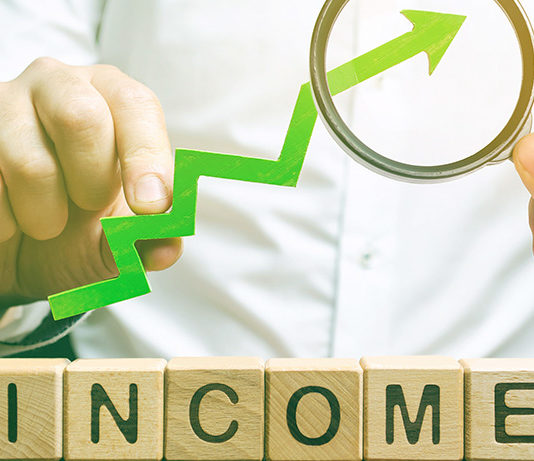Betashares has announced the launch of a range of fixed income ETFs that deliver predictable monthly income with a defined maturity date.
The Betashares Defined...
FINA’s Fixed Income ETF Finder has been updated. Here, editorial director, Elizabeth Moran summarises the changes, including new ETFs, inflows, and the best and...
When investing in bonds, two common avenues are buying bonds directly Over the Counter (OTC) or buying bond Exchange-Traded Funds (ETFs). Both methods offer...
Are we nearing the top of the interest rate cycle?
Perhaps. One sign that might suggest we are close was this week’s announcement of October’s...
Returns on investments just keep getting lower. As cashed-up investors look to alternative investments, fixed income funds have been beneficiaries.
Fortunately, some funds have been...
One of the greatest advantages to ETFs is their liquidity. In fact, even when there isn’t a great volume of ETFs being traded on...
An ETF is an open-ended investment fund, similar to a traditional managed fund, that is traded on the ASX – just like any share....
The fixed income asset class covers a broad range of investments: deposits, bonds, hybrids and securitised investments such as asset backed securities and residential...
What is a bond?
Companies often need to raise external funds to grow. There are two ways they can do this:
Raise equity by issuing...


































